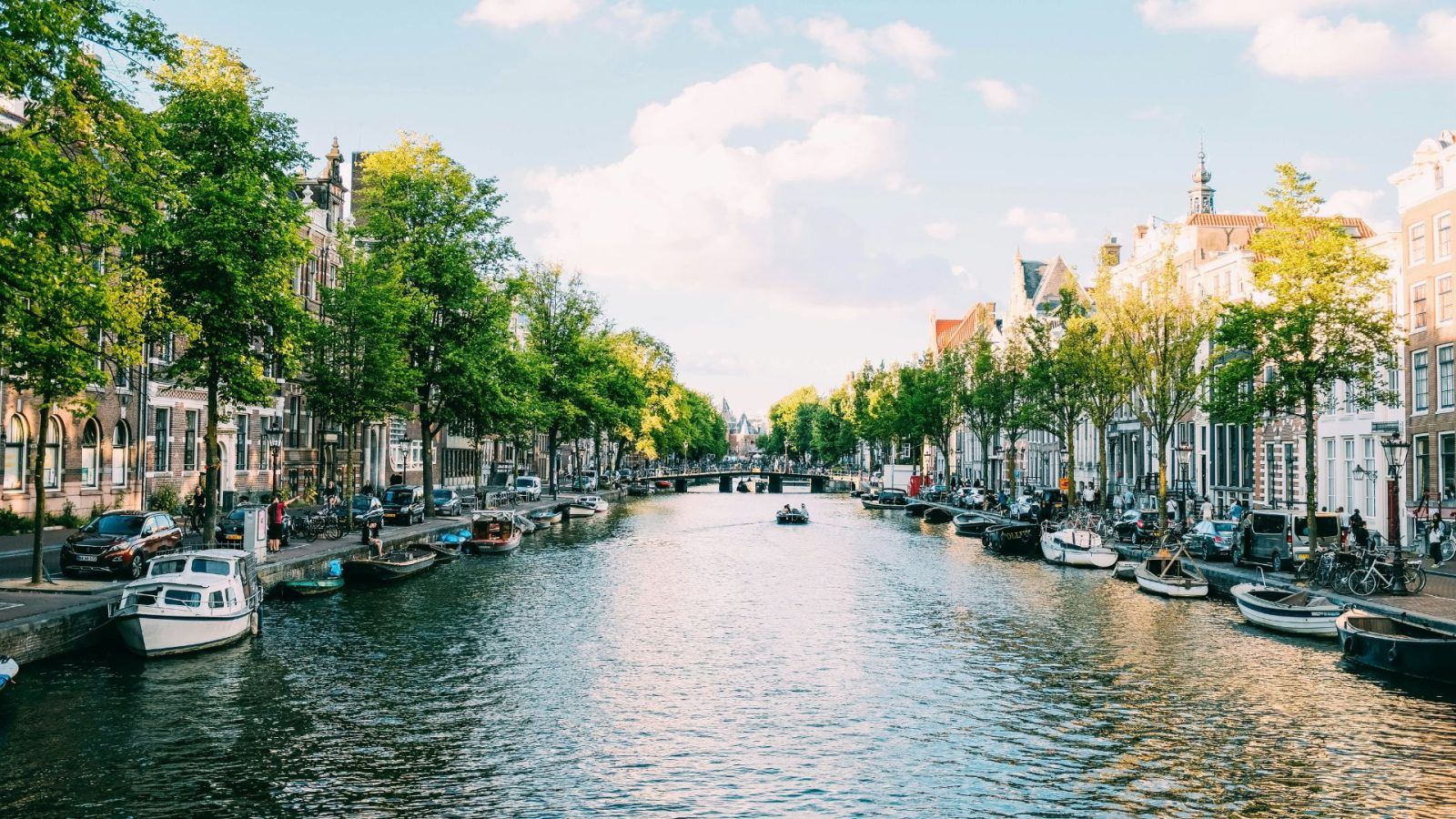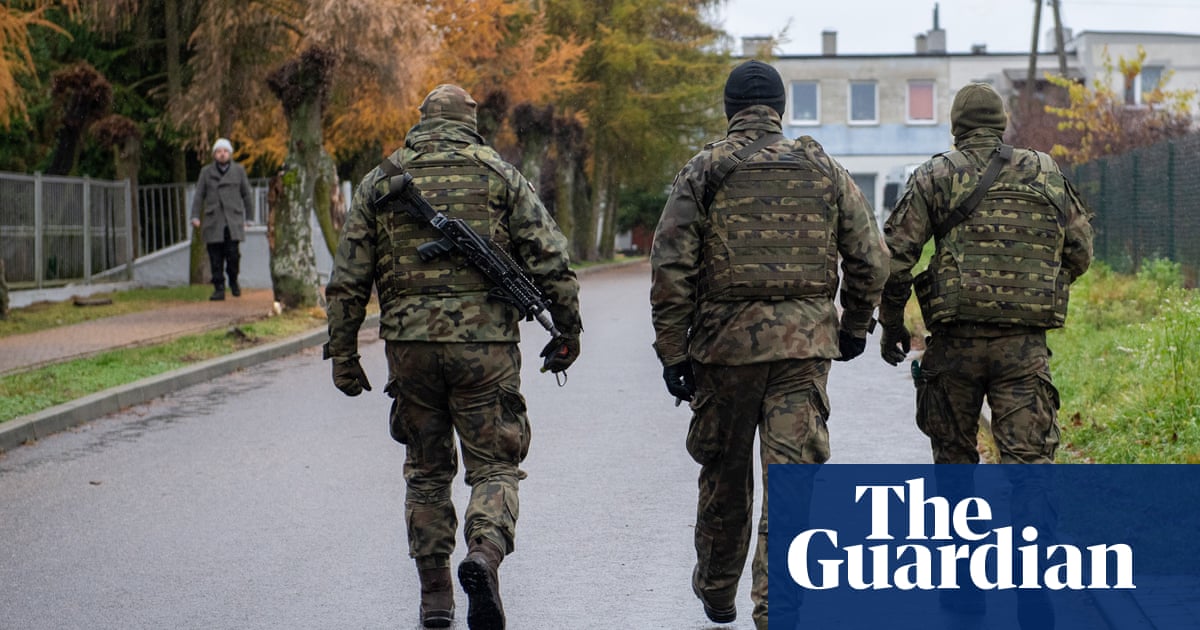The incredible £516m megaproject to transform travel in tiny European country

Croatia has been given the green light to begin its largest railway infrastructure project in the country’s history, to modernise the Dugo Selo – Novska line, or M103 Railway.
The 620 million euro (£516 million) project will involve a complete overhaul of the 52-mile section and the construction of a second track.
This project forms part of the planned 6 billion euro (£5 billion) cash injection into the small European country’s ageing rail network.
Once completed, trains can travel at speeds of just under 100 mph and significantly improve the safety and efficiency of railway transport, according to the public tender, HŽ Infrastruktura.
The deadline for bid submissions is in April 2025, and construction is expected to take five years from the start of the work.
Several key stations, including Dugo Selo, Ivanić-Grad, Popovača, Kutina and Novska will also be upgraded as part of the project, while a new stop at Okešinec will be built.
The European Union will co-finance the project through the Connecting Europe Facility (CEF) and the Competitiveness and Cohesion Programme (PKK).
Other stations, such as Deanovec, Moslavačka Gračenica and Lipovljani, will be converted into stops or dispatch centres, while stops at Ostrna, Prečec and Širinec, among others, will also be renovated.
Beyond this, the project will also involve removing or upgrading most of the road-railway crossings, installing modern traffic management and signalling systems, and upgrading the electrical infrastructure.
According to HŽ Infrastruktura, this significant investment is crucial for modernising Croatia’s railway network and strengthening connections with European transport corridors.
The M102 railway connects Dugo Selo, situated east of the national capital, Zagreb, to Novska, and the M105 railway extends east towards Belgrade, the capital and largest city in Serbia.
Following the Sava River valley, it forms an integral part of the railway Pan-European Corridor X, which runs between Salzburg, Austria, and Thessaloniki, Greece.
At its western terminus in Dugo Selo, the railway connects to two lines that connect Zagreb and Budapest (via Koprivnica in northern Croatia), while at the southern terminus in Novska, it links to a line that connects Zagreb via Sisak, a city in central Croatia.
The Dugo Selo–Novska railway opened in 1897 and was electrified as part of the Zagreb-Belgrade railway in 1970.
It was also the route of the Orient Express service from 1919 to 1977, a luxury train service that travelled the length of the European continent and visited cities from Paris in the northwest to Istanbul in the southeast.
Related
Brits forced to pay fee to visit these 30 countries…
UK tourists will be required to pay a fee to visit 30 countries in Europe under new European Union (EU) travel rules.The rules mean British holidaymakers will n
The beautiful European island with just 148 locals
Irakleia is a beautiful island in the Minor Cyclades of Greece, nestled in the heart of the Aegean Sea and just an hour away from Naxos. Officially recorded t
Warning issued for Brits flying easyJet and Ryanair to popular…
Passengers flying with Ryanair, easyJet and British Airways should expect disruption (Picture: Urbanandsport/NurPhoto via Getty Images) Passenge










